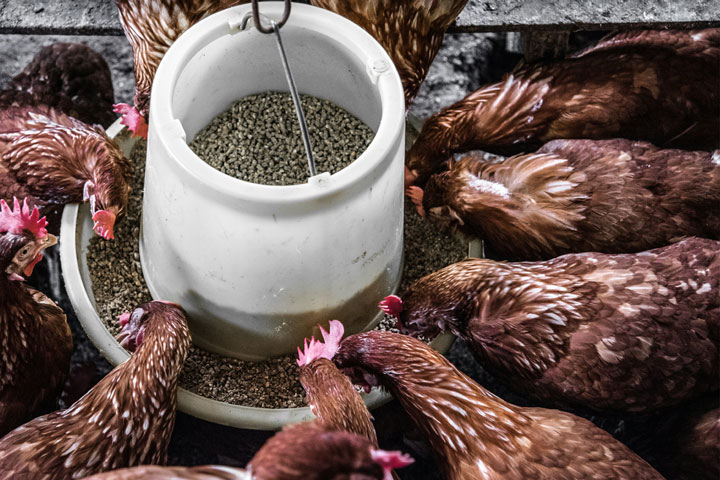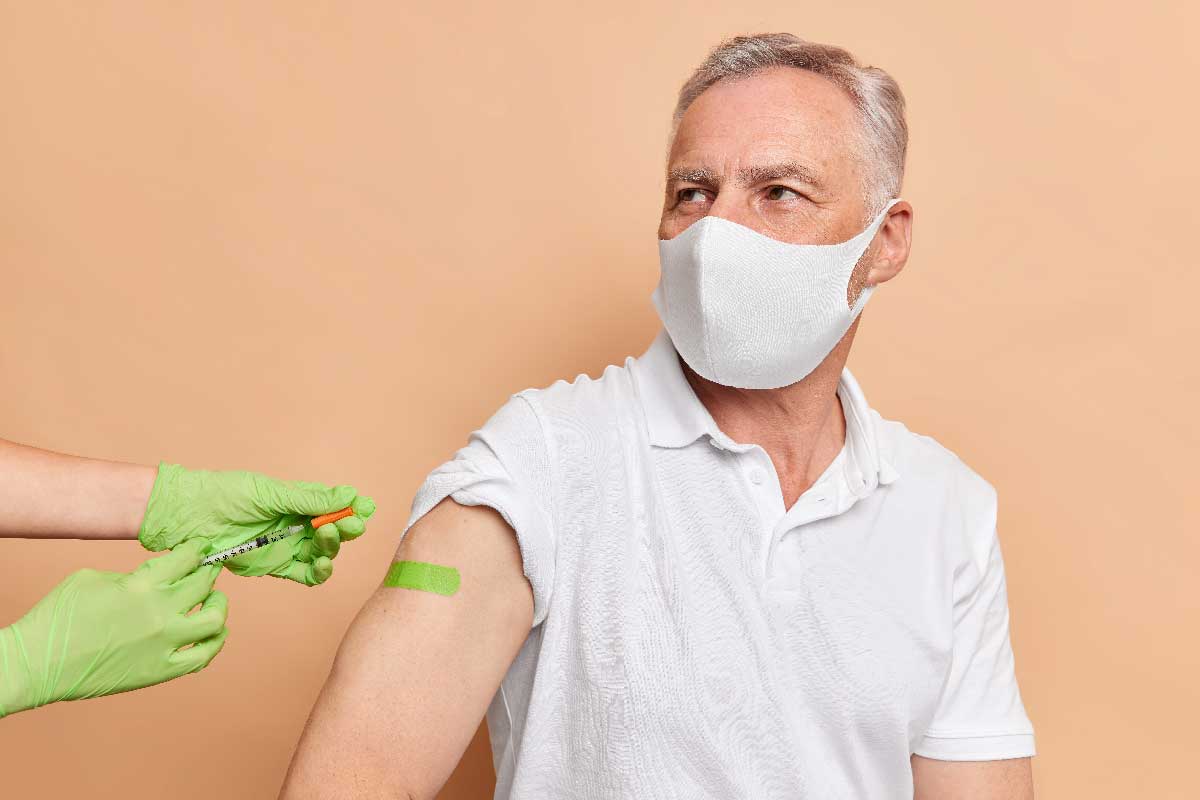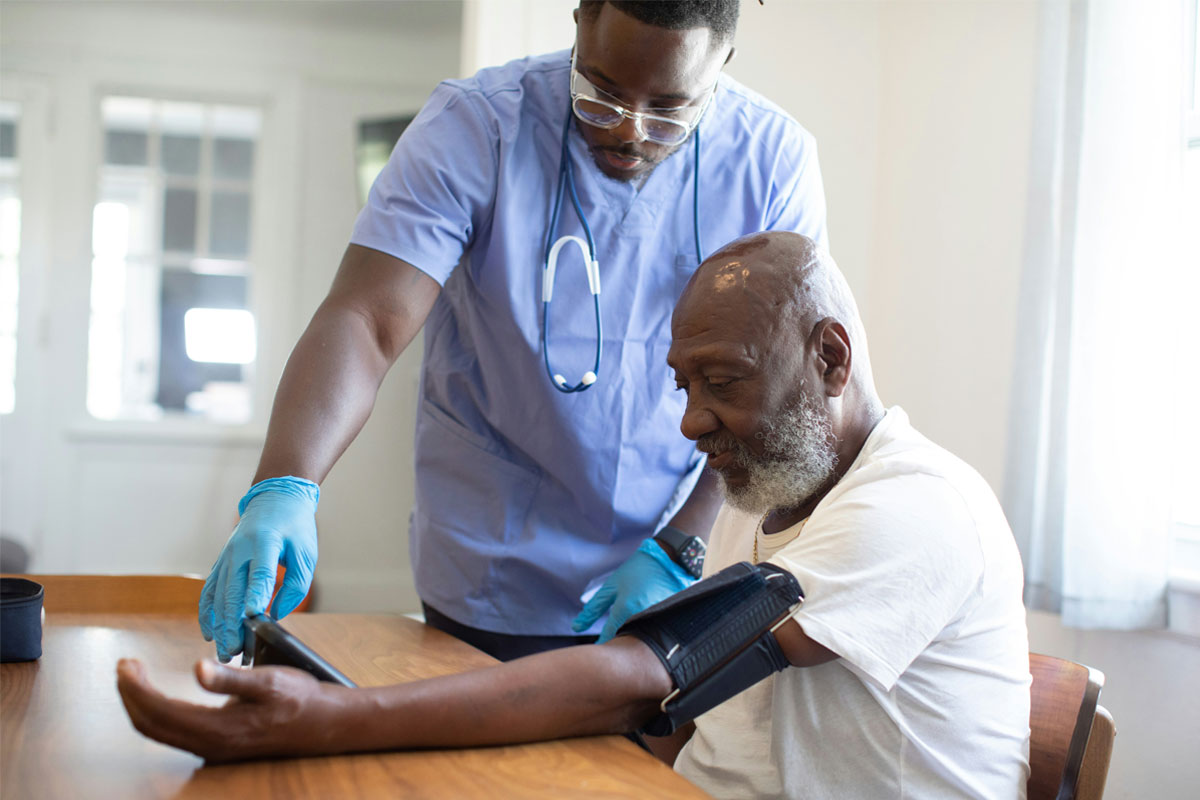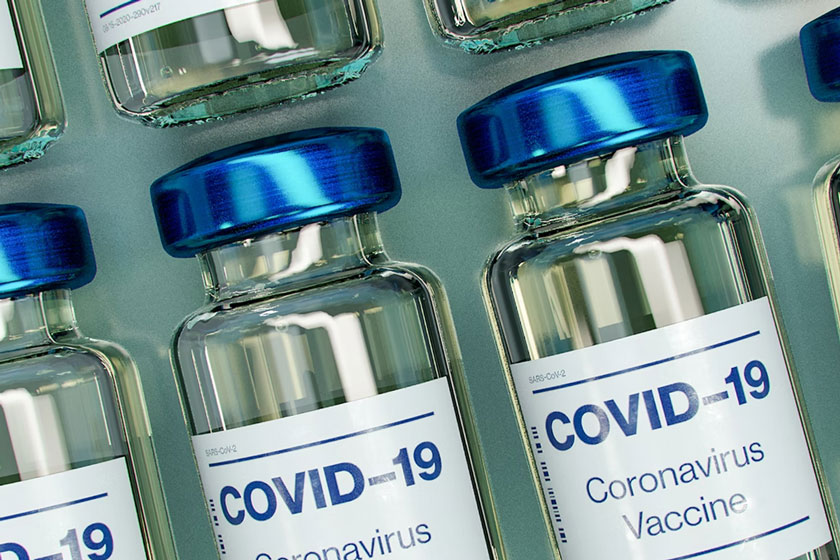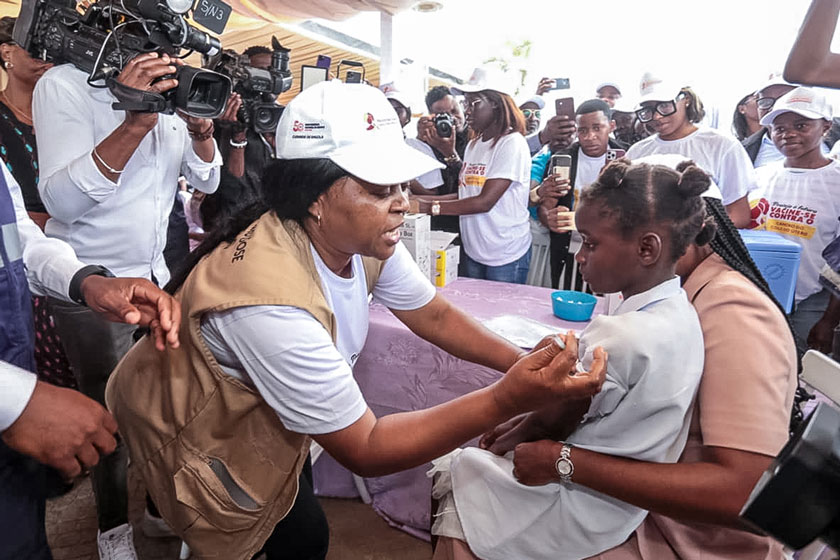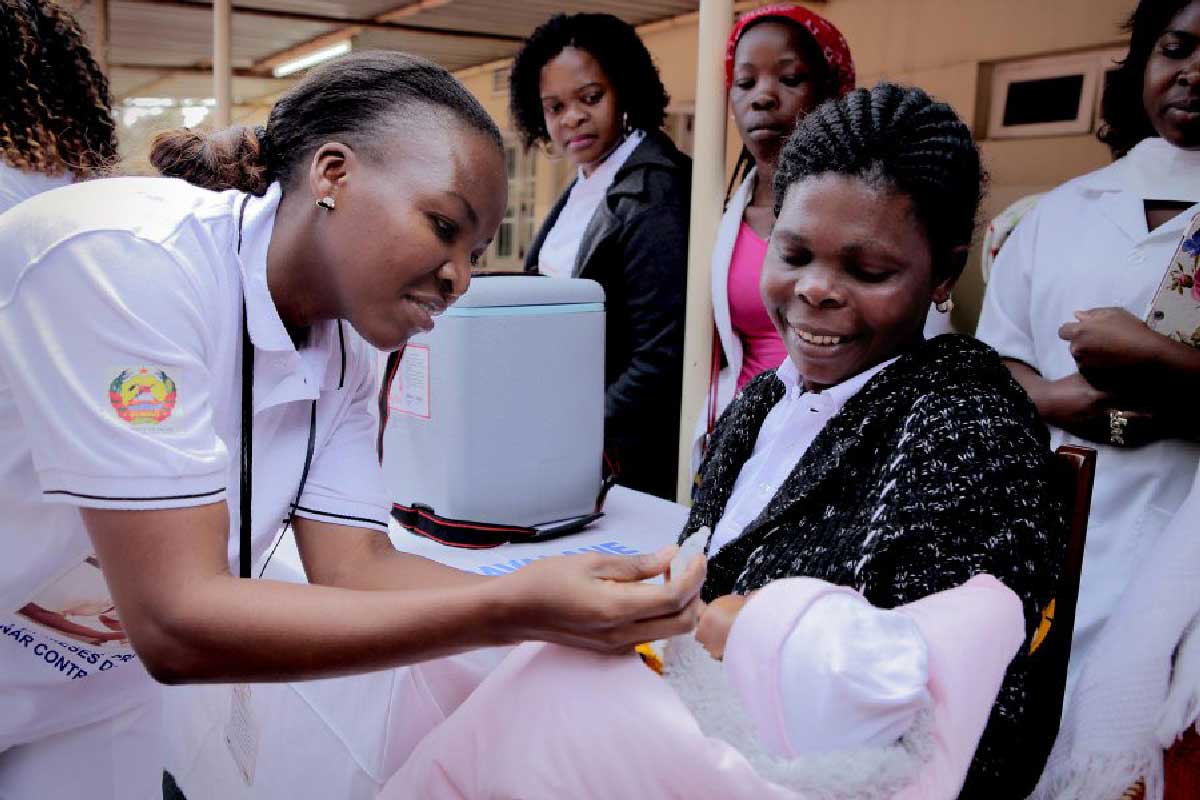How to win friends and infect people
Swiss scientists have developed a new mathematical model that predicts the spread of disease by zeroing in on social butterflies.
- 29 January 2025
- 3 min read
- by Priya Joi

The COVID-19 pandemic turned many of us into armchair epidemiologists. News channels kept us updated daily on infection curves and ‘R numbers’ that could tell us how quickly the virus was spreading.
Now, computational scientists have devised a matrix method of predicting disease spread that is as easy to use as R numbers, but more accurate, they say.
The R number of an infectious disease represents the reproduction number, or the number of people that an infected person can infect.
Measles, for instance, is highly infectious, with an R number of between 12 and 18. This means that one person can, on average, infect between 12 and 18 people.
Homing in on social butterflies
Ivan Lunati, head of the Laboratory for Computational Engineering, Empa, Dübendorf, Switzerland, and colleagues, were thinking about the way that conventional epidemiological models assume that each infectious person infects the same number of other people on average over the course of the epidemic.
However, we know that people don’t all interact with each other equally. Some of us are social hermits who order our food to our front door and work from home with very little contact with people, while others are social animals who have a huge amount of human contact on a daily basis.
Aside from introverts vs. extroverts, age can also make a difference. Those aged 10–25 years old tend to have the most social contacts of any age bracket.
According to Lunati and colleagues, the reality of social groupings means that traditional R number models match the beginning of a disease wave closely. But often this initial spread is driven by young, extroverted ‘superspreaders’.
Once the outbreak has passed through this population group, the number of new infections can ebb away more quickly than predicted, so that the peak ultimately turns out to be somewhat lower than calculated.
Those aged 10–25 years old tend to have the most social contacts of any age bracket.
In the Journal of the Royal Society Interface, Lunati, Hossein Gorji and Noé Stauffer share a reproduction matrix that indicates how fast some groups become infected by other groups, and thus takes into account the heterogeneity of the contacts.
Looking inside the matrix
“We wanted to go beyond the simplified interpretation of the reproduction number R and better capture the complexity of real epidemic waves,” says Hossein Gorji. “The reproduction matrix allows us to predict the spread of disease more accurately by taking into account both the non-linearity and heterogeneity that are often overlooked in conventional models.”
To test their model, the team used COVID-19 data from Switzerland and Scotland – both relatively small countries. They were able to show that the matrix enables much more accurate predictions of infection peaks than R number predictions did.
Have you read?
They acknowledge, however, that even their new model simplifies social interactions, which in reality are far more complex, and in large countries there would be significant subregional variation that would need to be taken into account.
Better predictions of how an outbreak is likely to play out could be invaluable for health experts in formulating policy and public health advice, and also in preparing health systems and medical supplies.
Lunati says the strength of the matrix model lies in its accuracy and simplicity: “It is very easy to use, but at the same time much more realistic than the R value alone.”
